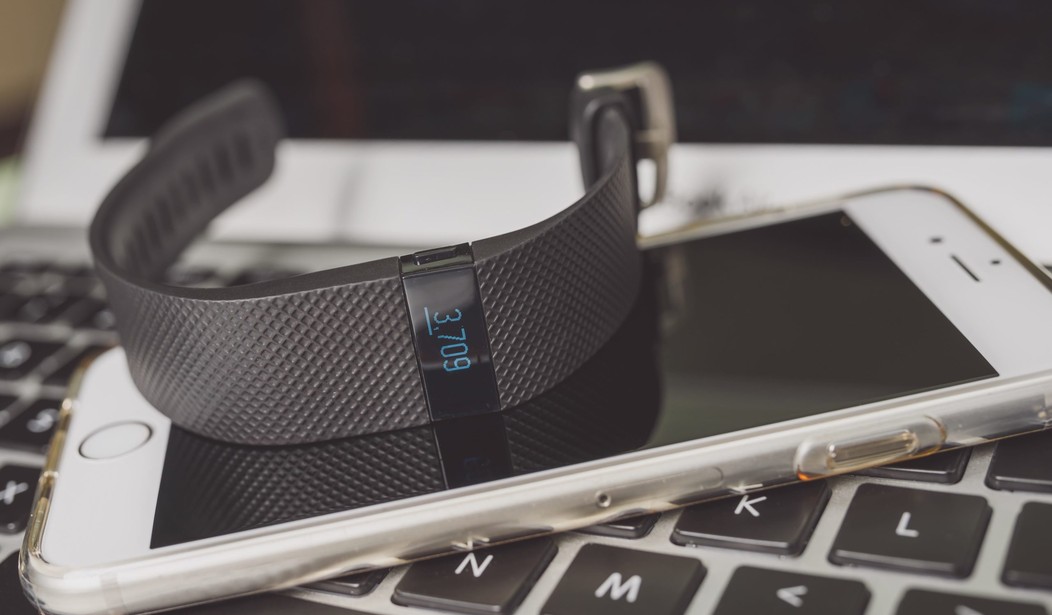But can they tell if I’m day drinking?
With the rapid proliferation of health and fitness wearables comes the generation of an exponentially increasing amount of health-related data. Simultaneously, concerns are increasing that current data management and security among both private and public organizations are woefully ill-prepared to defend private data from hackers increasingly targeting sensitive personal health information.
“Health care providers and health plans have a gold mine of information that criminals can monetize – such as SSNs, health insurance information, and general health information,” she said. “There has been a lag with the implementation of the HIPAA security rule in 2005 and the enforcement that came along with HITECH (Health Information Technology for Economic and Clinical Health Act) in 2009.”
It’s not that your FitBit itself is under attack (yet), but the data becomes vulnerable when it moves on to someplace else, like your phone, cloud storage or even your doctor. That last scenario is becoming more and more commonplace:
But, these wearables go far beyond simply being lifestyle devices. The data from these technologies offers clinicians vital and real-time insights into a patient’s health and daily routine, enabling them to provide better and more personalized care. With the broad range of useful health and wellness applications offered by wearable technologies, they are proving to be critical components to the future of care delivery and population-health management.
Wearables offer the ability to collect a wide array of data. Activity levels, sleep measurements and heart-rate values — all standard offerings on fitness devices — are important information for patients with congestive heart failure, diabetes, arrhythmia and more. Wearables in the coming years will collect even more biometric data. For example, we are seeing promising developments in the ability to use non-invasive sensors that can detect galvanic skin response, which is useful for monitoring stress response; blood glucose levels, which could significantly reduce the cost and burden of managing diabetes; and pulse transit time (PTT), which can be used to monitor blood pressure in real time. It is only a matter of time before sensors with these functions and more are available in a low-cost consumer wearable device.
In my ongoing inner-debate about privacy vs. OMG-SHINY NEW TECHNOLOGY, the tech seems to be winning so far, especially in the personal health area. I’ve become data obsessed and found that paying closer attention to the wealth of it available helps me make adjustments that are beneficial.
I also just like shiny things, and I don’t know if the hackers can use that to harm me or not.










Join the conversation as a VIP Member